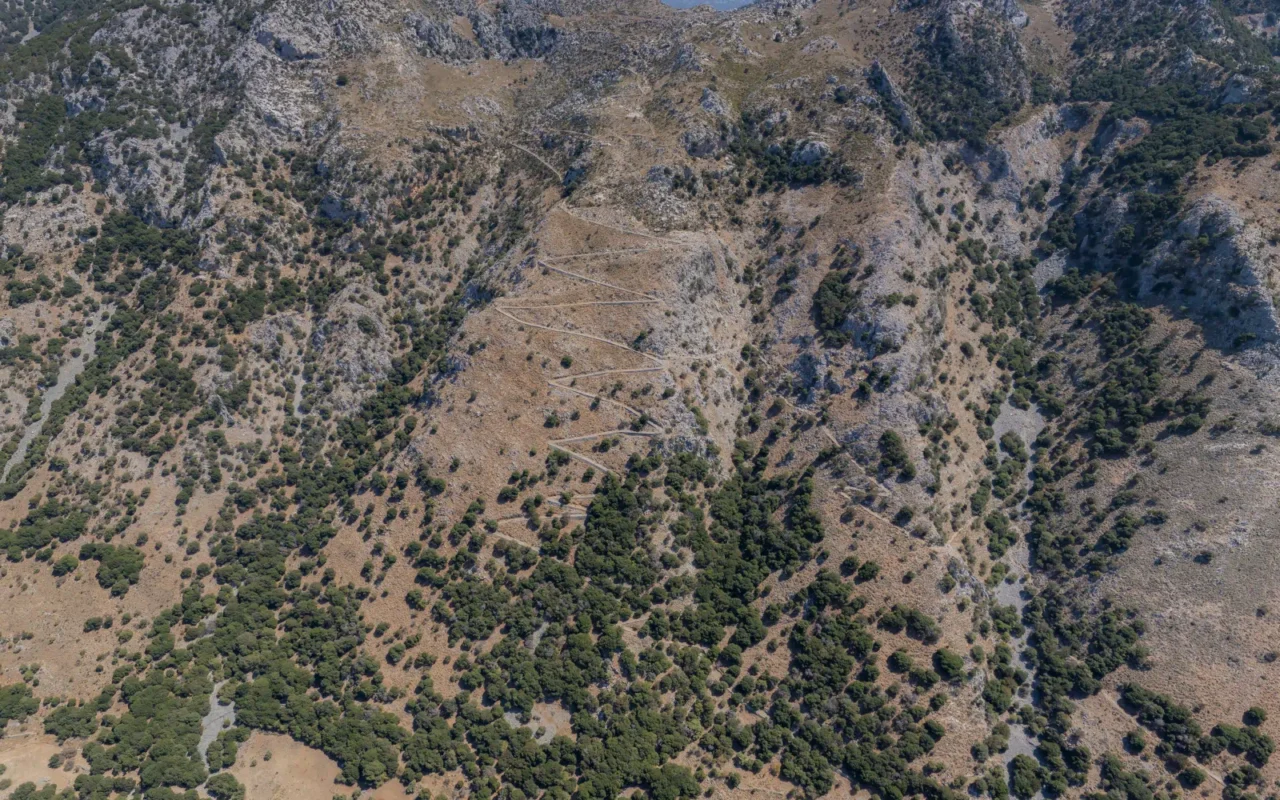
The Minoan path, an ancient route traversing the rugged terrain of Crete, is believed to have linked the settlements of Kastamonitsa and Lyktos (Lyttos) to the fertile Lasithi Plateau. While its Minoan origins remain a subject of scholarly debate, evidence suggests its existence and use during the Bronze Age, serving as a vital artery for trade, pilgrimage, and possibly even royal processions.
Historical Context
The path’s historical significance is intertwined with the legend of King Minos, who, according to Homer, journeyed every nine years from Knossos to the Diktaian Cave on the Lasithi Plateau to commune with Zeus. This path, situated on the western side of the mountain, may have formed a part of that legendary route, facilitating not only royal processions but also the movement of pilgrims and traders.
The path’s importance extended beyond the Minoan era. During the Venetian occupation of Crete (1204-1669 CE), another path at Selli, a mountain pass on the northern side of the Lasithi Plateau, was fortified and possibly widened to accommodate horses. This suggests that the Venetians recognized the strategic importance of accessing the plateau and adapted existing routes to their needs.
Even in the early 20th century, before the widespread construction of modern roads in Crete, the path at Selli, along with the western path, remained one of the two primary routes to access the Lasithi Plateau. Travelers and merchants would traverse this challenging terrain on foot or by pack animal, a journey to Heraklion taking a grueling nine to ten hours.
The Path’s Route and Associated Landmarks
The precise route of the western Minoan path remains elusive, with no definitive archaeological evidence pinpointing its exact course. However, based on the available information, we can piece together a likely trajectory.
The path likely commenced in Kastamonitsa, a settlement nestled in the foothills west of the Lasithi Plateau. From there, it would have ascended the slopes, navigating the challenging terrain towards Lyktos, an important city in central Crete. The path’s course would have then continued eastward, eventually reaching the Lasithi Plateau.
Near the Diktaian Cave, an important religious site on the plateau, lies the Vidiani Monastery, a significant landmark that has attracted pilgrims and travelers for centuries.
Further down the slopes, near the modern village of Smari, is the Kallergi Monastery a metochi, or dependency, of the Vidiani Monastery for a long period of time, highlighting the interconnectedness of these sites and their potential significance in facilitating movement and providing shelter along the route.
Archaeological Evidence
While concrete evidence of the path’s Minoan origins is scarce, several archaeological findings lend credence to its existence and use during the Bronze Age.
- Connectivity with Minoan Mountain Farmers: Beckmann’s research on Minoan settlements west of Agios Nikolaos reveals an extensive network of roads and paths connecting these settlements to the Lasithi Plateau to the west. These paths, characterized by their association with Minoan enclosure walls, may represent segments of the larger route connecting Kastamonitsa and Lyktos to the plateau.
- Lasithi: A History of Settlement on a Highland Plain in Crete: Watrous’s work mentions various paths leading to the Lasithi Plateau, though their Minoan origin is uncertain. The existence of these paths, particularly the one on the eastern side described as a kalderimi, with its substantial retaining walls, suggests the possibility of a network of routes connecting the plateau to surrounding areas.
The Path’s Significance
The Minoan path from Kastamonitsa to the Lasithi Plateau, regardless of its definitive origin, played a crucial role in connecting communities and facilitating various activities during the Bronze Age.
- Trade: The path likely served as a trade route, enabling the exchange of goods between the settlements in the lowlands and the fertile Lasithi Plateau. Agricultural produce, livestock, and other commodities could have been transported along this route, fostering economic ties between different regions.
- Pilgrimage: The path’s connection to the Diktaian Cave, a significant religious site, suggests its use for pilgrimage. Devotees from Kastamonitsa and Lyktos could have journeyed along this path to participate in rituals and ceremonies at the cave sanctuary. The presence of the Vidiani Monastery near the cave further strengthens this hypothesis, as it could have served as a resting place or a spiritual focal point for pilgrims.
- Communication and Integration: Beyond its economic and religious functions, the path likely fostered communication and integration between different communities. It would have enabled the exchange of ideas, customs, and traditions, contributing to the cultural cohesion of the Minoan civilization.
The Path Today
Today, the path remains well-preserved, a testament to the craftsmanship of its builders. It is part of the E4 European path, offering hikers stunning vistas and a connection to Crete’s rich history and mythology.
Key Points about the Actual Path:
- The E4 path from Kastamonitsa to the Lasithi Plateau is part of an ancient route, possibly Minoan in origin
- It starts in Kastamonitsa and moves eastward, passing by the remnants of the ancient aqueduct of Lyttos
- A freshwater spring and the former monastery of Agios Georgios are encountered along the way
- The Minoan path begins at Mesada, offering views of the Pediada province
- A two-hour ascent leads to Tsouli to Mnema, linked to the legend of Tsoulis
- The path descends to the main road near Kato Metochi, with the entire journey taking about three hours
- It is believed to be part of a larger Minoan path from Knossos to the Diktaian Cave, used by King Minos
- The path was reinforced during the Cretan State period, demonstrating its historical importance
- It is well-preserved and part of the E4 European path today
References
- Cretan Beaches
- Beckmann, Sabine, Connectivity with Minoan mountain farmers: Protopalatial roads and paths in the Agios Nikolaos area, Proceedings of the 12th International Congress of Cretan Studies Heraklion, 21-25.9.2016
- Watrous, Livingston Vance, 1982, Lasithi, a history of settlement on a highland plain in Crete













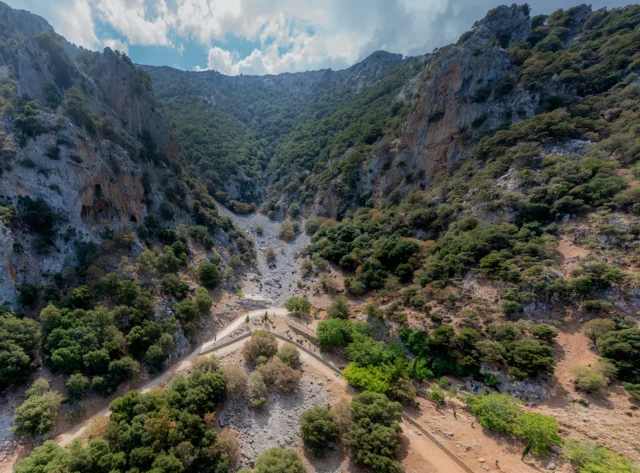

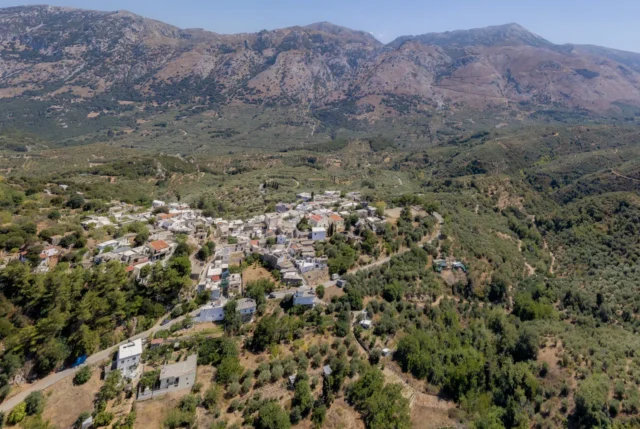

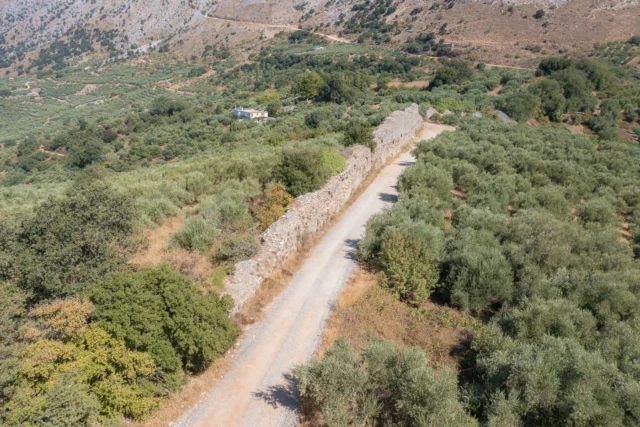

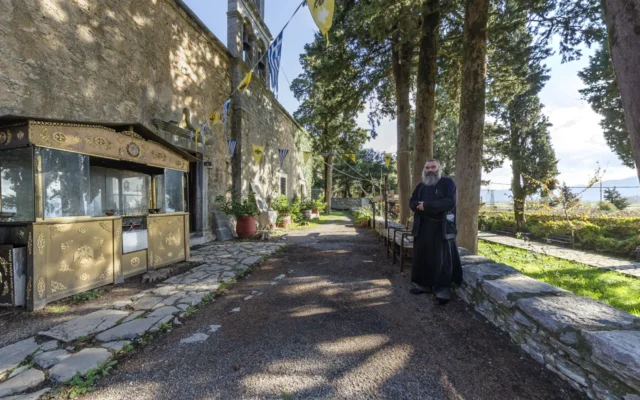


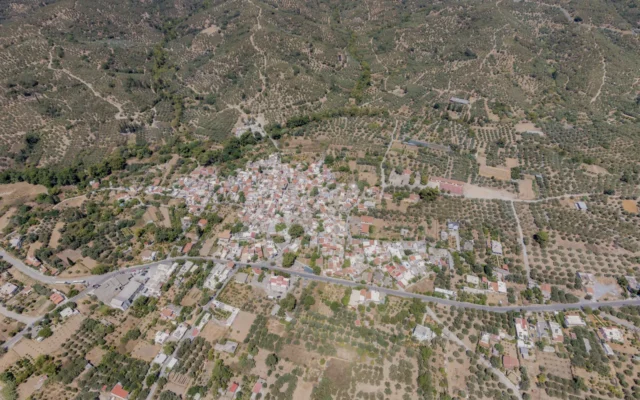
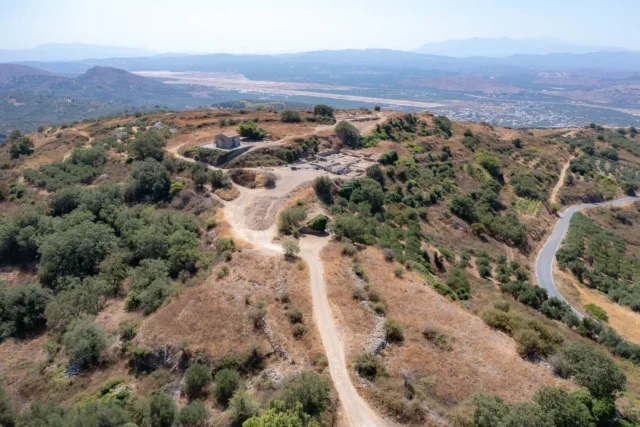
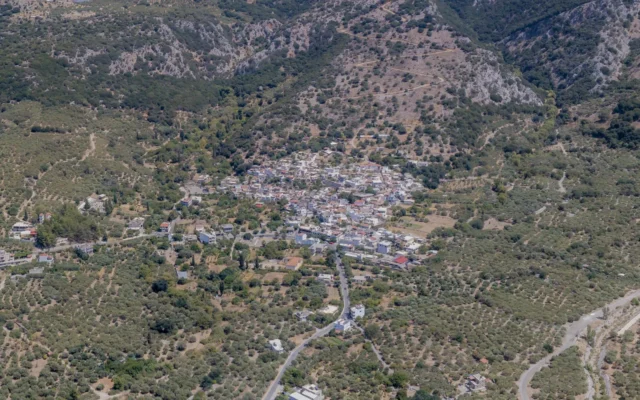

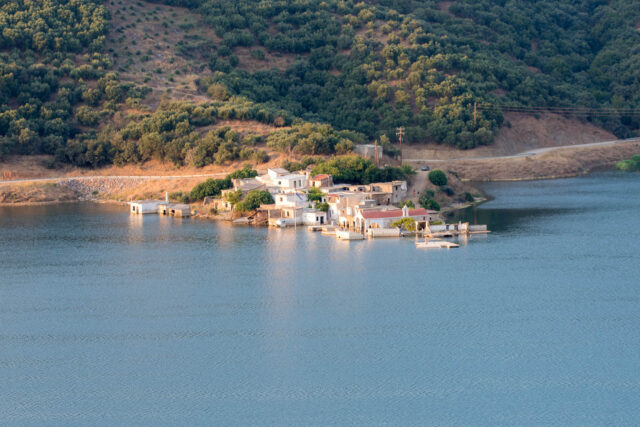
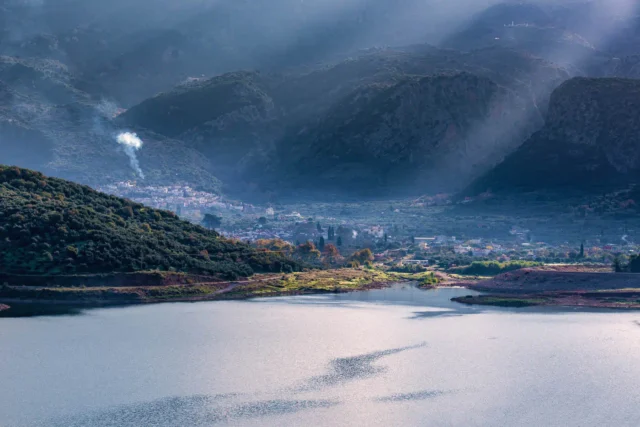

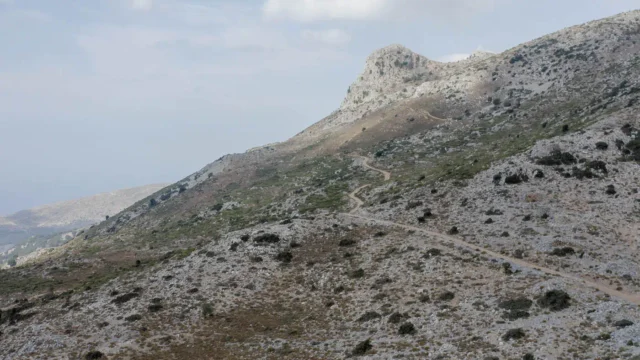


There are no comments yet.